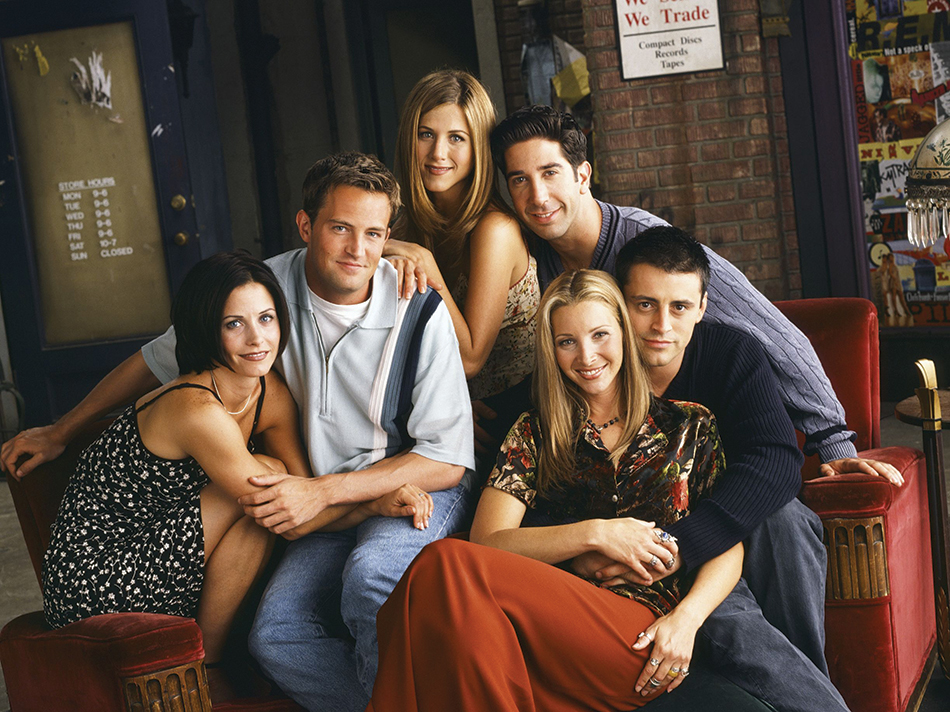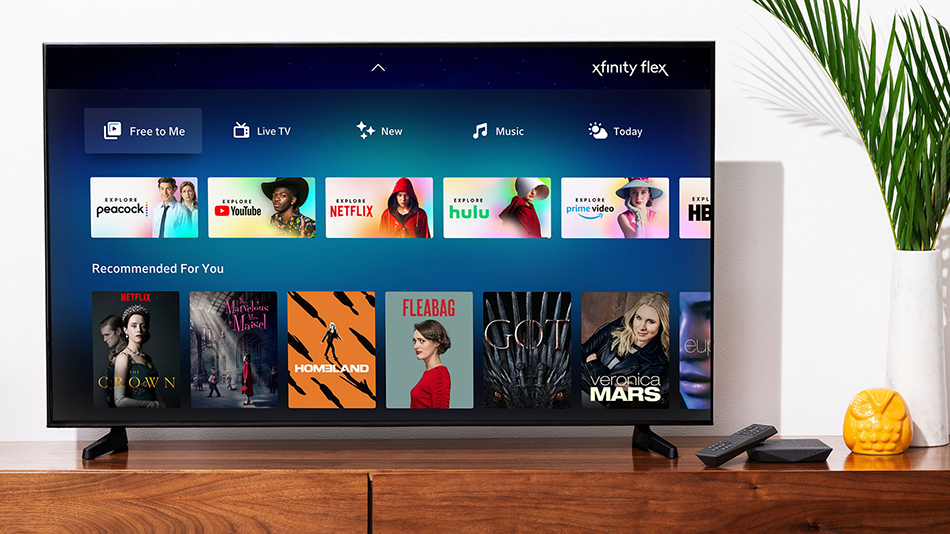New Strategies, Old Problems
If streaming media is a revolution in the way video is delivered to consumers, it is also an example of how old issues can become new again.
Take churn, a familiar problem in the pay TV industry that is likely to explode into a much bigger concern in the streaming world.
VIEWER WATCH 2020:After the Fall
Magid executive VP Jill Rosengard Hill said consumers clearly love the choice offered by the newer streaming world, and Magid research shows them preparing to abandon the traditional pay TV universe at record rates. “In 2019, we saw that 8.9% of pay TV subs are planning to get rid of their pay TV service and not get another one,” she said.

But a Magid consumer survey also showed 42% of those aged 18-49 are finding that managing the complexity of all their SVOD subscriptions is a problem. Many of these subs are likely to churn in and out of these services, with 43% of the 18-49 age group saying they’re likely to cancel a service in less than six months. Nor are they willing to spend huge sums of these services. Magid’s 2019 research finds that 18-49s are likely to subscribe to only five services.
“We are seeing a fatigue in subscription and hitting a ceiling in terms of what the consumer is willing to pay as well as a fluidity in and out of many subscription services,” Rosengard Hill said. “The pain point of churn and how that is going to impact these services is a major issue.”
The Bundle Is Back
Multichannel Newsletter
The smarter way to stay on top of the multichannel video marketplace. Sign up below.
Consumer concerns about the complexity and costs of finding content among many apps highlights the importance of content aggregation in an increasingly fragmented streaming world. “The consumer is finding it increasingly confusing, chaotic and a lot of work to curate their own video experiences,” Horowitz Research president and founder Howard Horowitz said.
This opens up opportunities to reimagine the bundle for a new generation of tech-savvy younger viewers, Horowitz and other observers noted.
To that end, Comcast has added more than 100 streaming services to its X1 and Flex platforms, with plans to add Peacock and Hulu to the platforms in 2020.
Rebecca Heap, Comcast’s senior VP, video and entertainment, noted that the cable operator’s relatively new Flex product is bundled for free with broadband service. “We have launched 10,000 free TV and video programs on a range of different apps,” she said.
The operator is also working to improve the consumer experience with universal search across all those apps on both X1 and Flex. Voice search was averaging 1 billion commands a month in 2019 and is on track to hit 12 billion hours for 2019.
Making content easier to access has led to increased use of Comcast’s traditional VOD platform, which is on pace to top 7 billion hours viewed in 2019. It has also boosted engagement with outside apps like Netflix that are available on both X1 and Flex. In 2019, Comcast’s X1 was the top platform for accessing Netflix, Amazon Prime Video and YouTube within its footprint.
David Gandler, co-founder and CEO of fuboTV, also stressed the growing consumption of streaming video, particularly on connected TVs. Their users average 103 hours in October of 2019, up 135% year on year.
A key part of that growth, he added, is related to improvements in their bundles, content offering and user interface. “The future is optimizing the bundle for users,” Gandler said.
The importance of bundles is also making alliances between streaming services and traditional MVPDs increasingly important. “We are distributing on a direct-to-consumer basis and for that you still need distribution partnerships,” said Otter Media CEO Tony Goncalves, who is also the top executive overseeing WarnerMedia’s HBO Max.
Those partnerships will include smart-TV manufacturers and connected-TV devices like Roku and Apple TV, but he believes “a good amount of those distribution partnerships will still be through the pay TV ecosystem.”
“I had an old boss who used to say to me that the consumer and the industry aren’t always aligned, but that the consumer tends to win,” Goncalves added. “Consumers are voting for choice and I think we are seeing the industry meet the consumer where they are, which is refreshing and encouraging.”
Roku is particularly keen to work with programmers in a variety of areas ranging from marketing and ad sales to app development and better search, said Scott Rosenberg, Roku’s senior VP and general manager of platform business.
“We see the aggregation of content into a smaller number of apps as a very important trend,” Rosenberg said. “So in addition to being a host and partner to big services like Netflix, Hulu, Disney+, etc., we can also act as an aggregator and use our capabilities as a platform to help drive audiences to content with our direct consumer relationships, rich data and marketing tools.”
Such alliances helped CuriosityStream increase its subscriber tenfold in 2019, from about 1 million at the start of the year to 10.5 million in early December, noted Clint Stinchcomb, president and CEO of the nonfiction programmer. In 2019, the service inked over 15 deals with operators to add CuriosityStream to their streaming-video offerings.
“The big trend we see is going back to the bundle and the bundle of bundles,” Stinchcomb said. “We are getting approached by distributors who were frustrated by the big legacy TV network groups who were jacking their rates way up.”
International growth has been particularly strong. More than half of CuriosityStream subscribers are located outside the U.S., with the service set to launch in nine Latin American countries this month.
I Want My Antenna
Many uncertainties about pricing and profitability remain, however.
In 2019, Sony shuttered its PlayStation Vue MVPD service, while other providers were forced to raise prices dramatically in the past year. “A lot of those services hit the market with fairly aggressive pricing and now are coming to terms with the economic realities of licensing this content and turning a profit,” said Ian Olgeirson, research director at Kagan, a research division within S&P Market Intelligence. “In 2019, we saw some of them announce as many as two rate increases.”
To address those issues, Sling TV has focused on reducing costs, improving the user interface and providing consumers with a great deal of choice and flexibility. They can add a sports package during football season and then drop it when the games are finished, Sling TV VP of operations Seth Van Sickel said.
To further control costs, Dish Network-owned Sling TV works with AirTV so consumers can get free over-the-air TV signals along with a program guide, which keeps their packages less expensive than operators who must pay retransmission fees to stream the affiliated stations.
A recent study from Horowitz Research found that more than four of 10 TV antenna users got their first antenna in the last three years and three out of 10 antenna owners say they got it to avoid having a pay TV subscription. “The rise of OTA over the last three years has happened under the radar because all of the big players don’t want to promote it because retransmission fees are so important,” Horowitz said.

The pressure to control costs is also driving two other significant trends: globalization and advertising on streaming platforms.
A recent report from the Motion Picture Association of America found that SVOD subscribers have now surpassed MVPD subs, as global streaming services added 131.2 million new subscriptions in 2019 for a total of 613.3 million worldwide.
There are also major growth opportunities for ad-supported services in the U.S. and internationally, Pluto TV CEO and founder Tom Ryan said, particularly since the acquisition of his company by Viacom (now ViacomCBS) in early 2019. “We’ve already launched in Europe but we are accelerating that rollout in Europe and launching in Latin America in the next quarter,” he said.
Closer to home, Ryan and others see a major opportunity for ad-supported video-on-demand services (AVOD) as subscription bills begin to mount for SVOD services and advertisers become more familiar with the medium.
“AVOD is a very hot space right now and growing like a weed, but the market is clearly in its infancy,” Ryan said. “Currently, about 29% of all TV viewership is happening on ad-supported OTT, but only 5% of the ad dollars are going to it.”
Roku’s Rosenberg agreed. “For a long time, the industry debated whether streaming would be ad-free,” he said. “But if you look at our own revenue growth and the fact that the ad-supported segment of viewing is the fastest growing segment, you see powerful evidence from a business and consumer perspective that advertising is here to stay as a vital part of the TV experience.”
